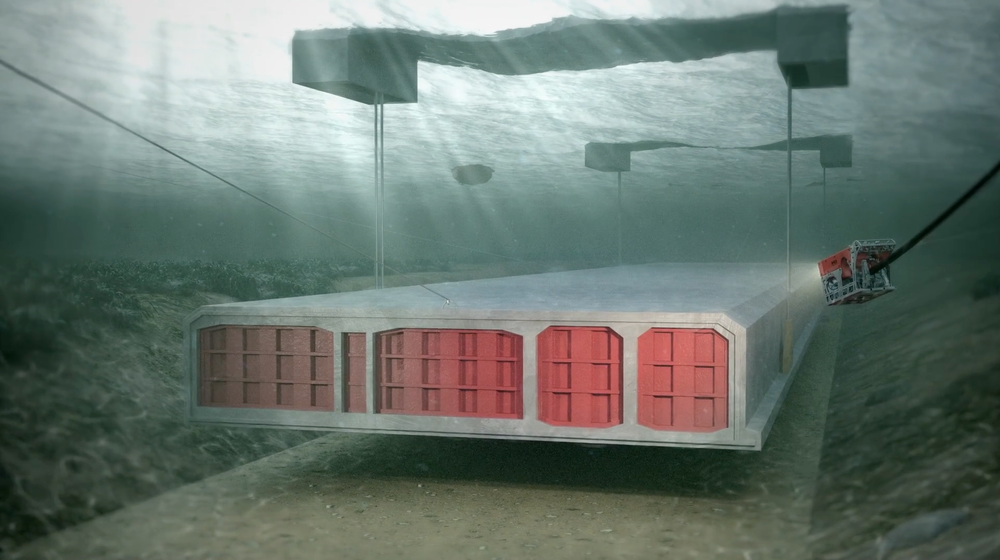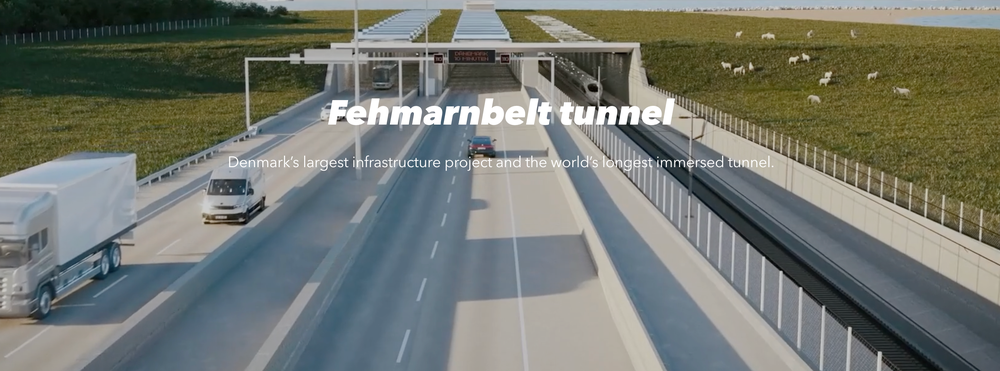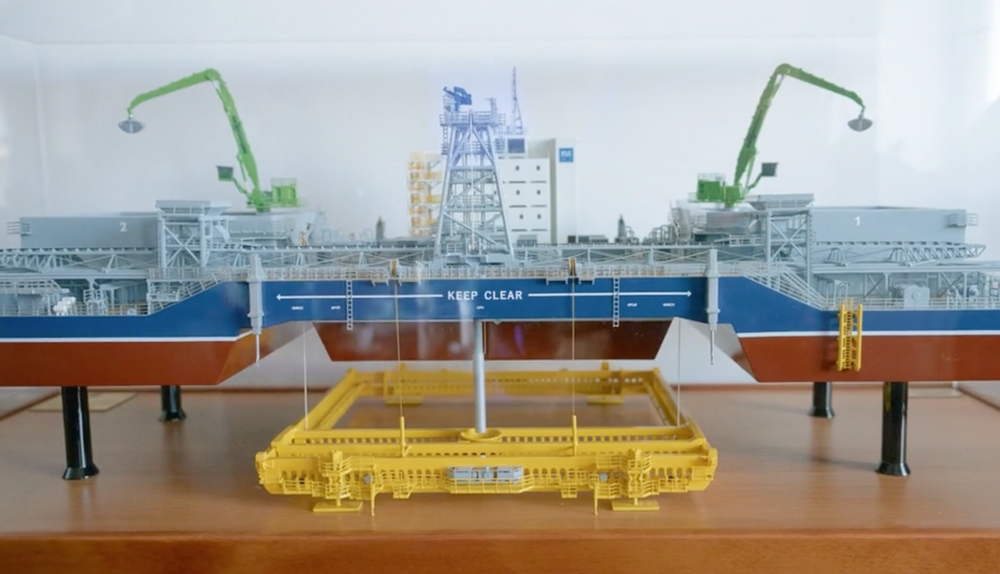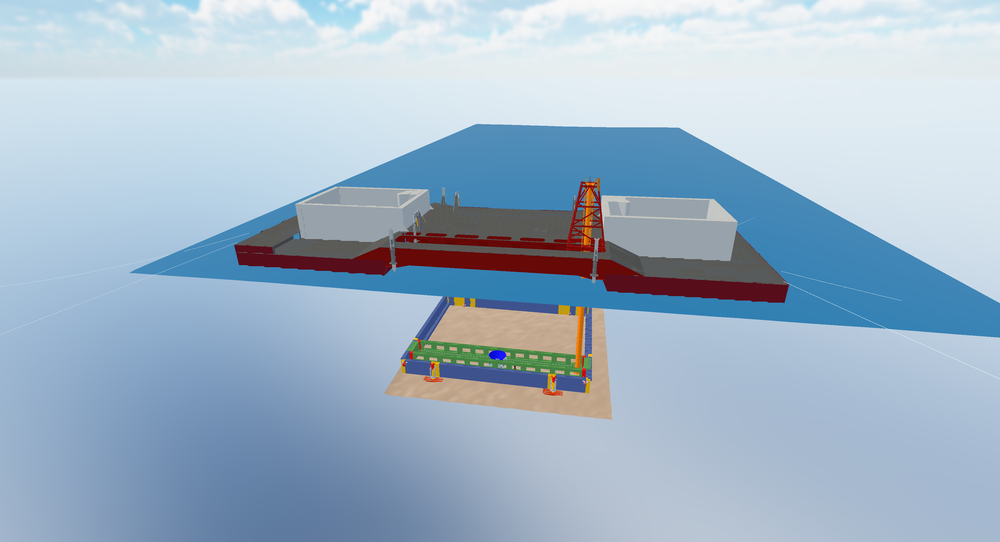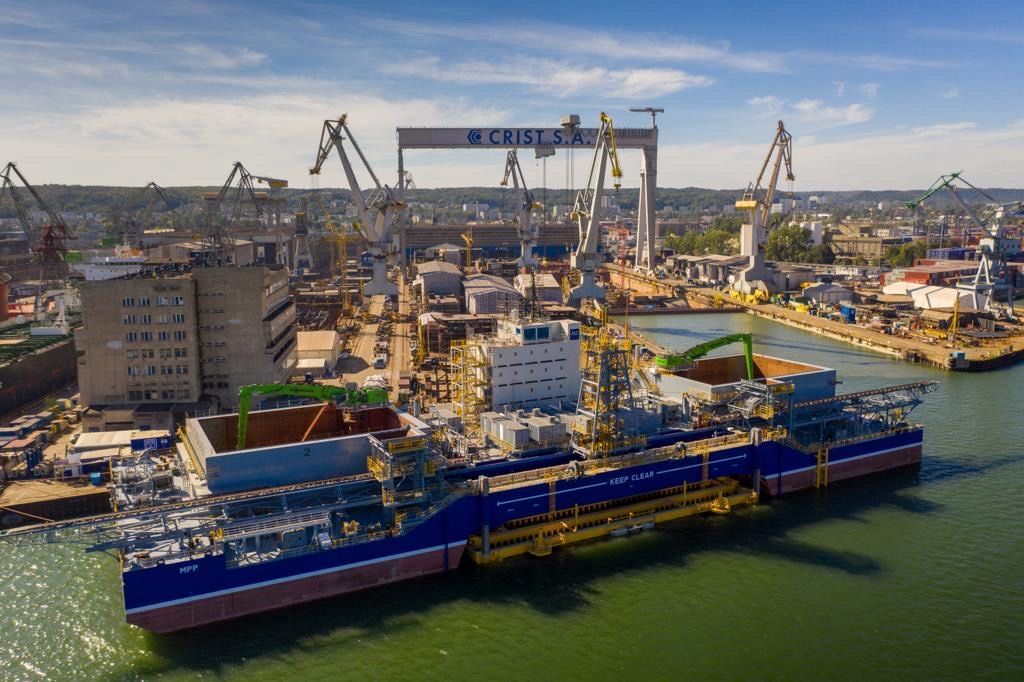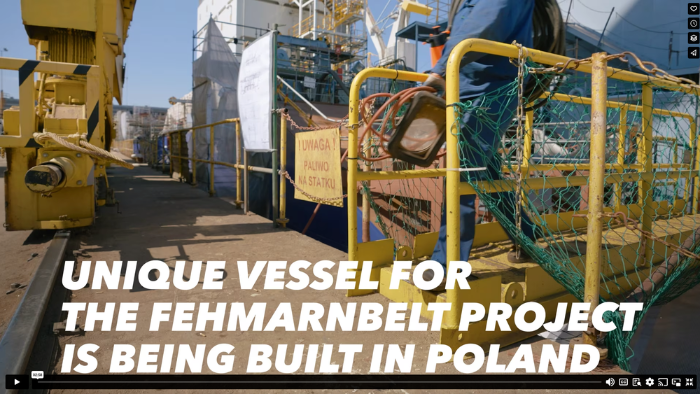virtual commissioning for the biggest tunnel construction project in EU
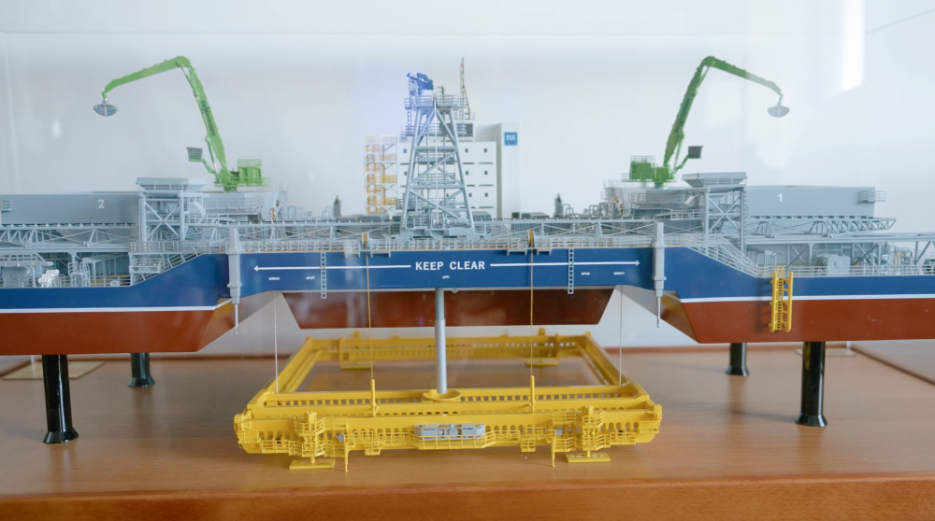
About
Company
FehmarnbeltLocation
DenmarkCompetences
digital twin
virtual simulation
virtual prototyping
automated testing
offshore & marine industry
simulating the dynamics on a unique vessel designed to dump gravel for underwater gravel bed
the Fehmarnbelt tunnel
Denmark’s largest infrastructure project and the world’s longest immersed tunnel.
The Fehmarnbelt link will cut travel time between Denmark and Germany and will be part of Europe's sustainable transport network of the future. The tunnel will be built by immersing large tunnel segments on the seabed. When the large elements for the Fehmarnbelt tunnel are lowered into place in the tunnel trench, it will be done on a cushion of gravel. It requires a unique vessel to be able to lay out this gravel cushion with the right precision at a depth of 40 meters.
challenge
Developing a representative digital twin modelling the complex hydrodynamical interactions between both vessel, pontoon and sea surface.
While the waves of the sea exert a force on the ship and cause the ship to move or bob, the 'gravel pontoon' must remain stable underwater. Therefore, the forces on the cables to control and stabilize the pontoon from the ship had to be calculated so an 'stabilizer algorithm' could be generated.
For this we had to simulate a virtual and dynamic sea surface with the same characteristics as the actual sea to simulate if the model would be able to do what we expected.
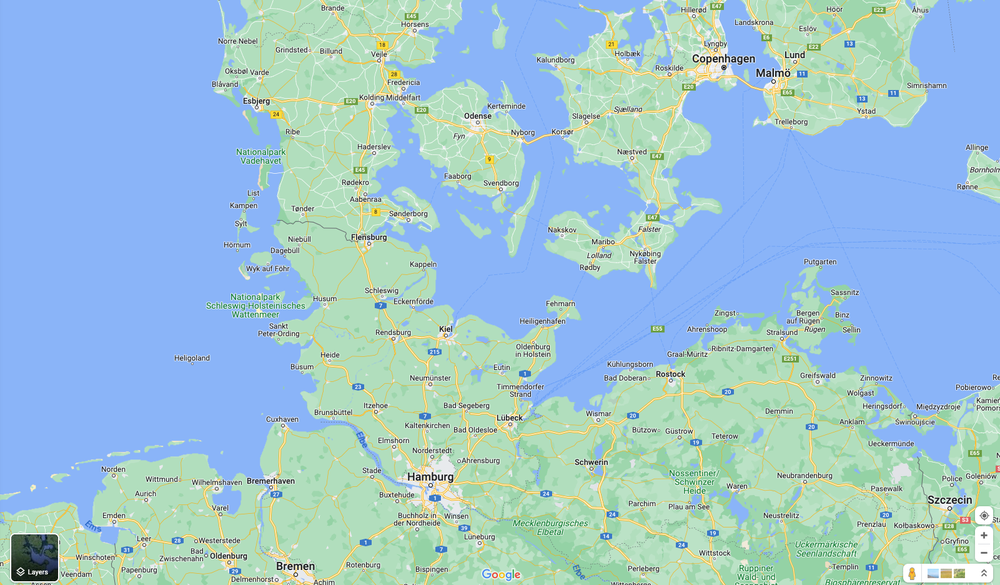
solutions
1 digital twin made in dual for simulation
- Physically accurate simulation of the sea surface, based and validated upon real data collected during experiments at sea.
- Simulating the dynamics and interactions between pontoon and wires while maintaining realtime performance and 20msec timesteps.
- Simulating different components including steel wires, sheaves, pistons.
- Simulating physical processes like friction, the bending of steel structures, stretch on wires.
2 capture for validation
- Real time data is logged to capture. Enabling us to keep track of different forces computed within the simulation at runtime.
- This allows for fast validation, testing and eventually support during client tests.
